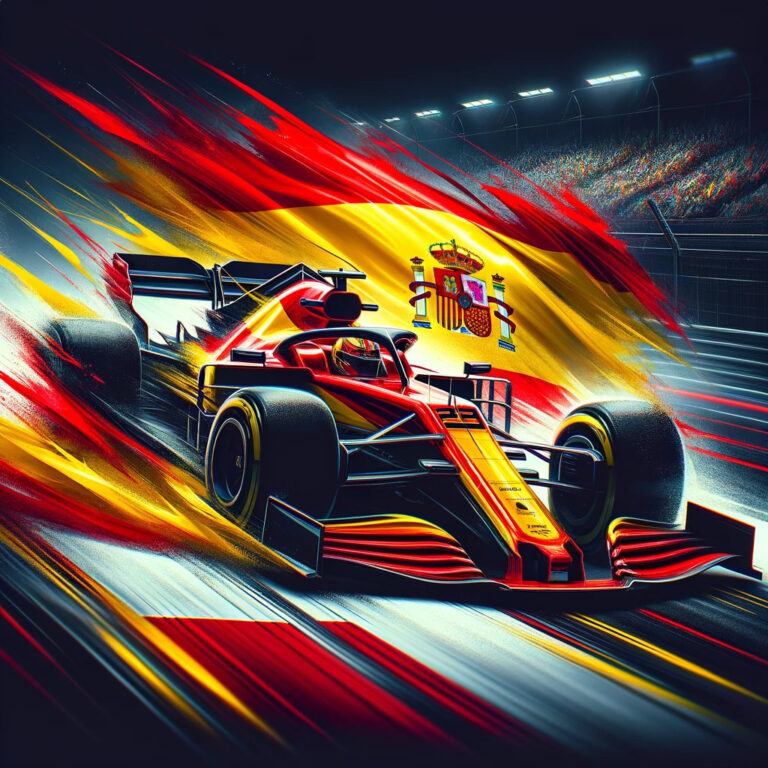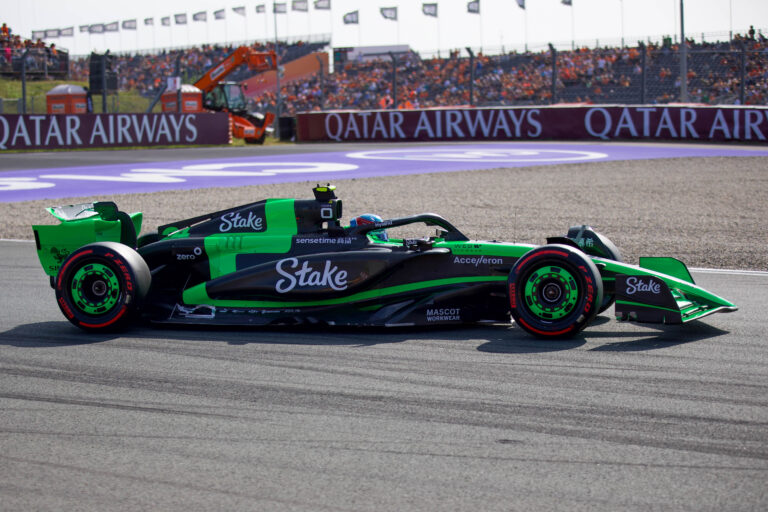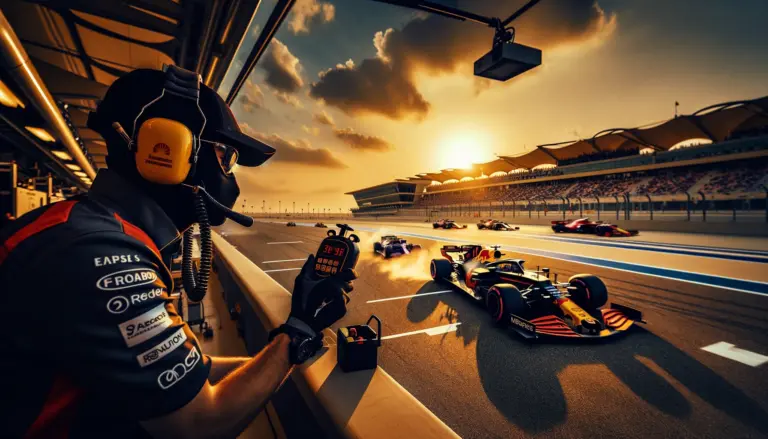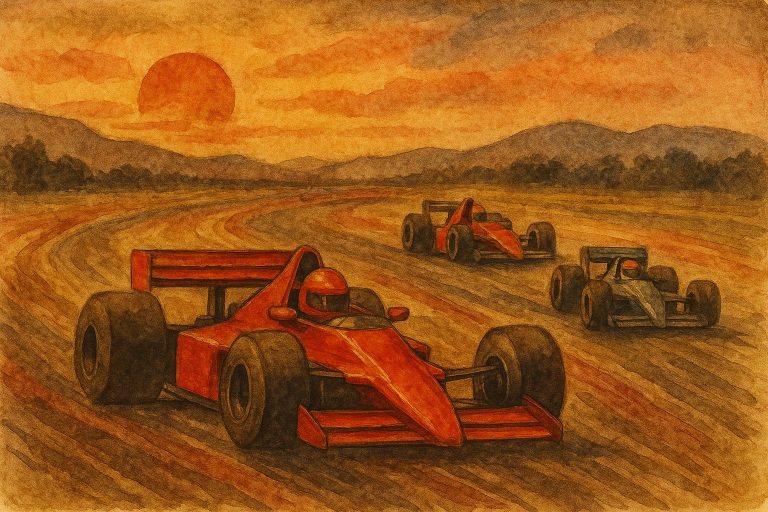A Beginner’s Guide to Understanding Formula 1 Part 2
Formula 1 is often described as the pinnacle of motorsport, a spectacle of speed, strategy, and skill that captivates millions around the world. For newcomers, the F1 weekend may seem complex and overwhelming, with its intricate schedules and competitive layers. Fear not—this guide simplifies everything, giving you the tools to enjoy and appreciate every moment of the Grand Prix weekend, including the exciting Sprint format.
For Tickets and Package Deals Please Click Here
How a Formula 1 Grand Prix Weekend Unfolds
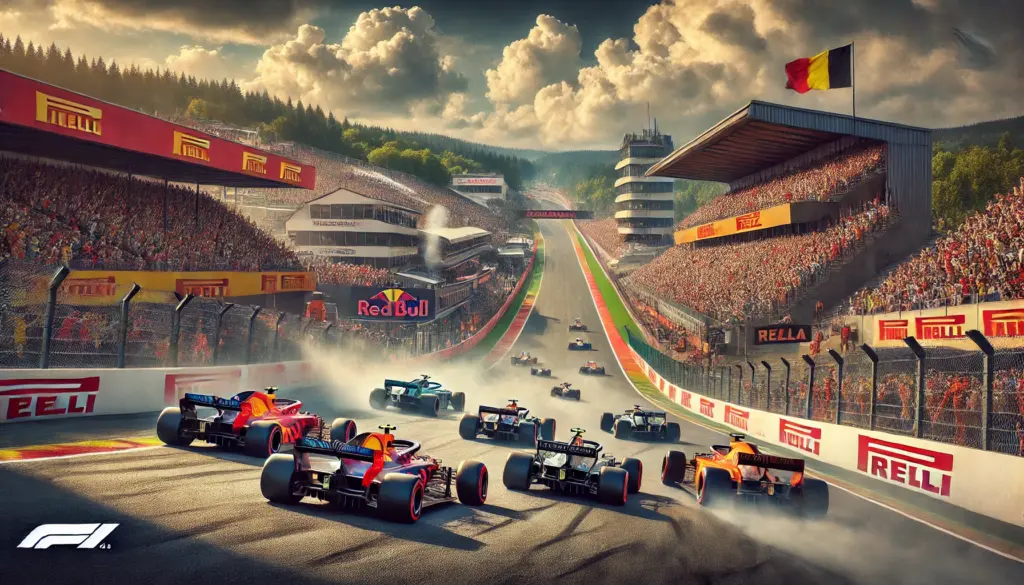
A standard Formula 1 weekend spans three action-packed days, typically Friday through Sunday. Each day serves a specific purpose, building excitement and setting the stage for Sunday’s main event: the Grand Prix.
Friday: Practice Makes Perfect
The weekend kicks off with two practice sessions: Free Practice 1 (FP1) and Free Practice 2 (FP2). Each session lasts an hour, giving drivers the opportunity to familiarize themselves with the circuit and test various car setups. FP1 often involves trial runs for new aerodynamic parts, while FP2 focuses on longer stints and qualifying simulations. It’s a day of experimentation and data collection, critical for teams aiming to fine-tune their strategies.
Saturday: From Practice to Pole Position
Saturday starts with Free Practice 3 (FP3), the final chance for teams to optimize their setups before cars enter parc fermé, where adjustments are restricted. Later, the adrenaline ramps up with Qualifying, a three-stage elimination process determining the starting grid for Sunday’s race. The drama intensifies as:
- Q1: The slowest five drivers are eliminated.
- Q2: Another five drop out, leaving the top 10 to battle for pole position.
- Q3: The fastest driver earns the coveted front-row start.
Sunday: The Main Event
Sunday is all about the Grand Prix. Spanning a minimum of 305 kilometers, each race begins with reconnaissance laps and a ceremonial national anthem. As the grid clears, drivers embark on a formation lap, weaving to warm their tires. Finally, the red lights extinguish, unleashing 20 of the world’s best drivers into a high-stakes battle for glory.
Points are awarded to the top 10 finishers, with an additional point for the fastest lap (if the driver finishes in the top 10). These points contribute to both the Drivers’ and Constructors’ Championships, adding layers of strategy and competition to every lap.
The Evolution of the F1 Format
Formula 1’s weekend format has evolved significantly since its inception in 1950. Early years saw grids determined by lot or through lengthy two-day qualifying sessions. Notable changes include:
- 1996: Introduction of a one-hour qualifying session, limited to 12 laps per driver.
- 2003: A shift to one-lap shootouts, providing clean tracks for each competitor.
- 2006: Adoption of the current three-stage elimination qualifying.
F1’s adaptability ensures it remains exciting and relevant, with innovations like the F1 Sprint adding new dimensions to select weekends.
The F1 Sprint: A Weekend Upgrade
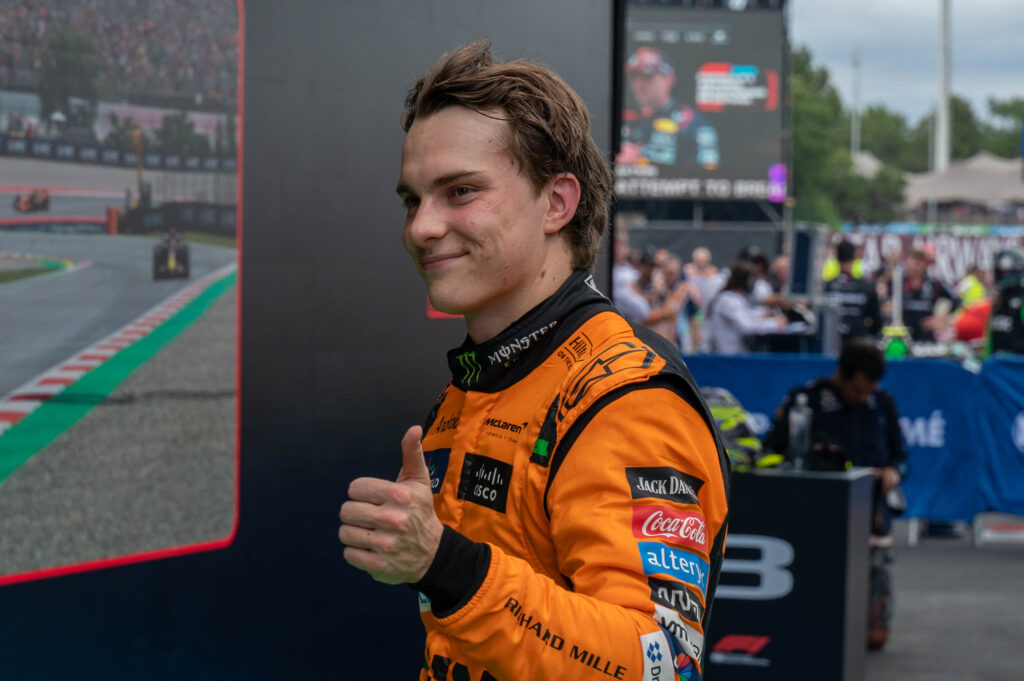
The F1 Sprint format condenses action into a single day, replacing FP2 with Sprint Qualifying. This shorter session determines the grid for a 100-kilometer race on Saturday, where drivers battle for points and position. The Sprint is a standalone race designed to be dynamic and aggressive, with no mandatory pit stops. Points are awarded to the top eight finishers, with the winner earning eight points and the eighth-placed driver receiving one point.
How Does the Sprint Weekend Work?
A Sprint weekend modifies the traditional schedule. On Friday, FP1 is followed by Sprint Qualifying, which sets the grid for Saturday’s Sprint race. The Sprint takes place on Saturday morning, and traditional Qualifying later that day determines the grid for Sunday’s Grand Prix. This condensed schedule increases pressure on teams and drivers, as they have limited time to fine-tune setups.
The Unique Challenges of Sprint Weekends
With only one Free Practice session, teams must optimize their setups in just 60 minutes. Unlike standard weekends, the car must go out in near race-ready condition, leaving little room for error. This often results in unpredictable outcomes, as some teams excel under these constraints while others struggle to adapt.
Why Practice Sessions Matter
Practice sessions are far more than warm-ups; they’re laboratories on wheels. Teams gather invaluable data from over 250 sensors on each car, experimenting with setups and strategies. Rookie drivers also take the spotlight in at least one FP1 session per season, showcasing future stars of the sport.
Unique Features of F1 Weekends
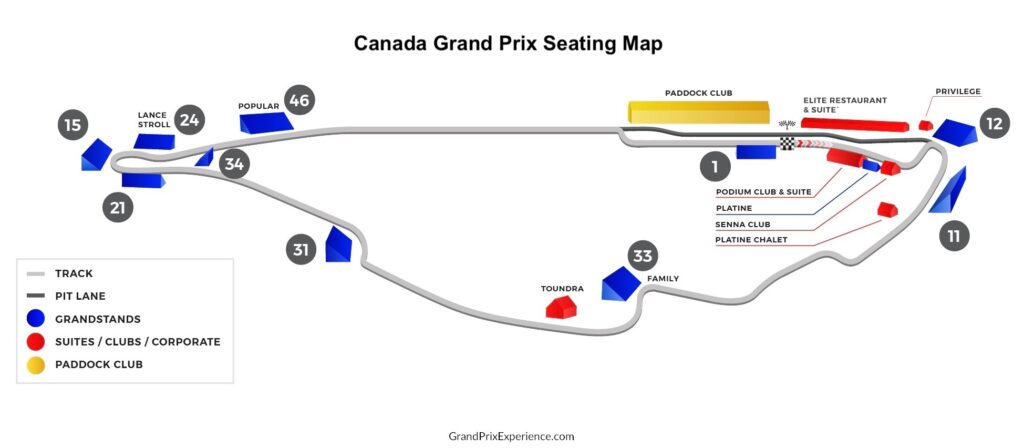
No two races are alike. Iconic circuits like Monaco’s street track offer unique challenges, including shorter race distances due to lower speeds. Time zones also play a role, requiring fans to carefully plan their viewing schedules as F1 spans continents.
The dynamic nature of Formula 1 ensures that every weekend delivers fresh stories, thrilling battles, and unforgettable moments. Whether you’re a lifelong fan or new to the sport, understanding the format enhances your appreciation for the strategy, precision, and spectacle that define Formula 1.
For Tickets and Package Deals to the Montreal Grand Prix Please Click Here



